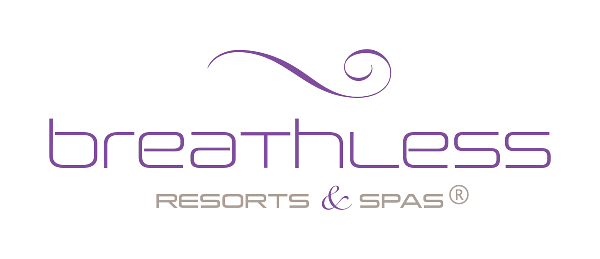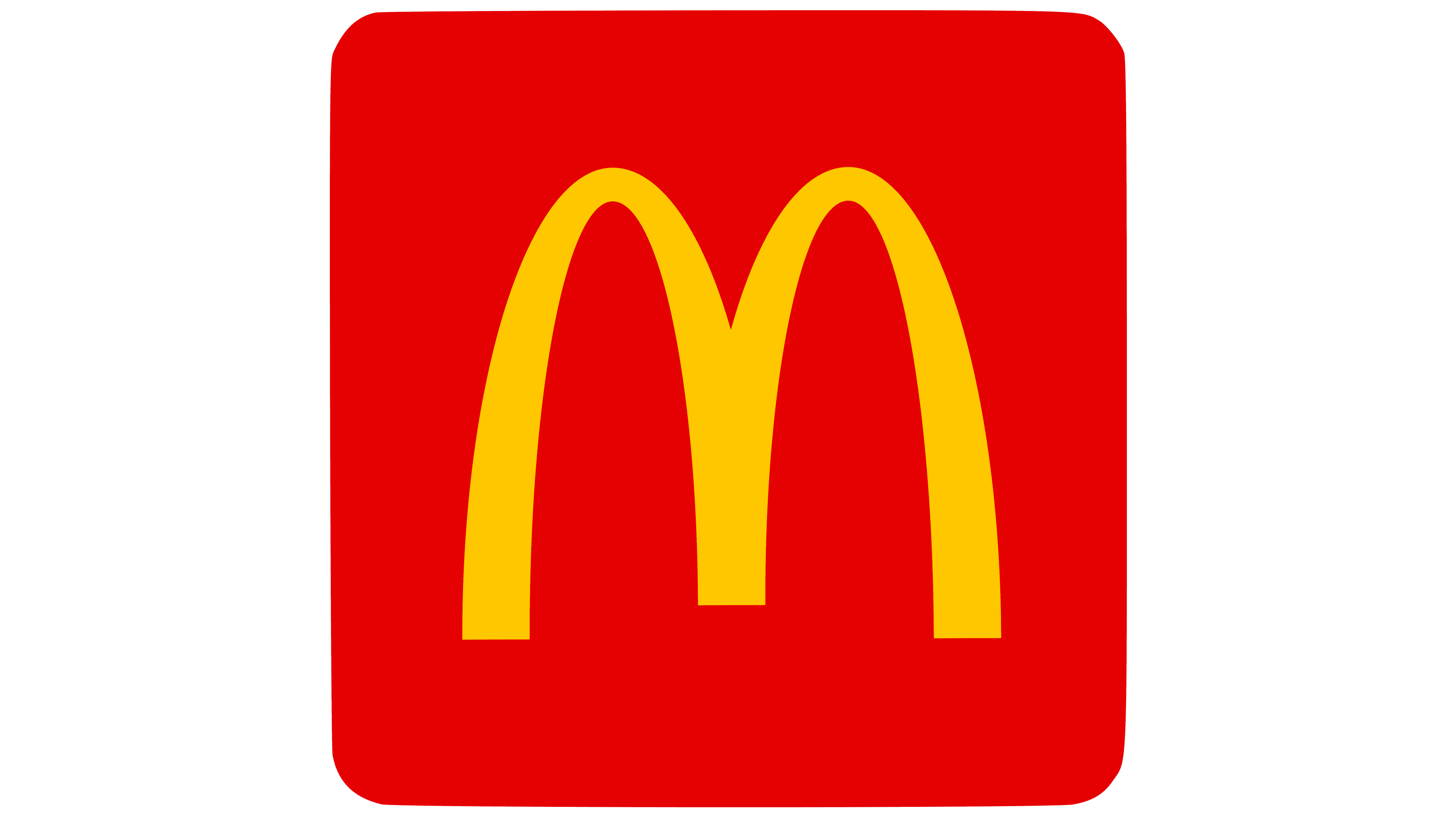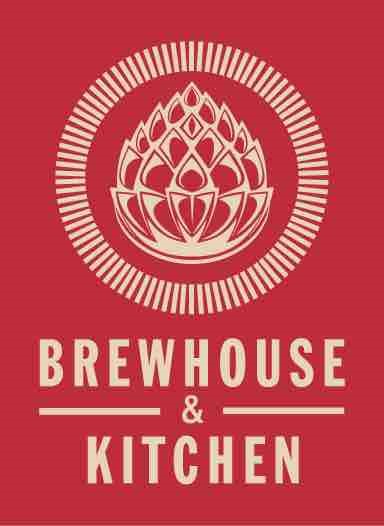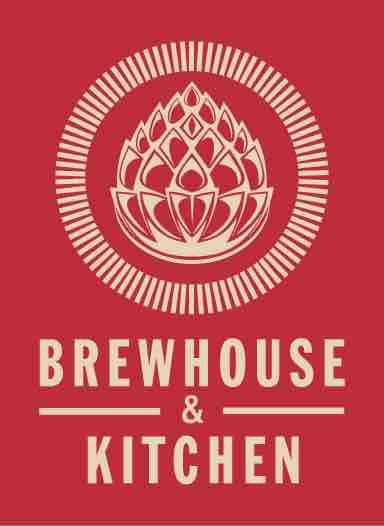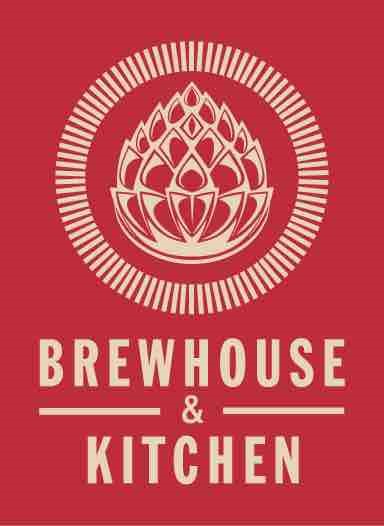Title Page
-
Conducted on
-
Prepared by
-
Location
Food Handling
-
Does the person/s undertaking or supervising food handling operations have skills and knowledge of food safety and food hygiene matters?<br>3.2.2, Div 2 -3(1)
Receipting and Storage
-
When receiving potentially hazardous food, are all practicable measures taken to ensure it only accepts potentially hazardous food that is at a temperature of <br>(a) 5C or below; or <br>(b) 60C or above,<br>3.2.2, Div 3, 5(3)
-
When storing food, the food is stored in such a way that it is protected from the likelihood of contamination? <br>3.2.2, Div 6 (1)
-
When storing potentially hazardous food, is it stored in such a way that it is under continuous and appropriate temperature control?<br>3.2.2 DIv 6 (2)
Food Preparation
-
Are all practicable measures to process food items, in such a way, to prevent the likelihood of food items being contaminated? Ie food temp logs (check) correct food labelling, best before dates, separate utensils and equipment for raw and cooked foods.
-
Is there a process to reduce to a safe level of any pathogens that may be present in levels of food?<br>3.2.2 Div 3, 7(1)(b)(ii) ie cooking processes( hot/cold holding temps), temp probes, putting food away/covering if not in use.
-
When cooling cooked potentially hazardous foods, is the 2/4 rule applied? (within 2 hrs - from 60c to 21c and within a further 4 hrs - from 21c to 5c)<br>3.2.2, Div.3, 7(2)
Food Display
-
Are adequate and practicable measures taken to display food in a manner that protects from the likelihood of contamination?<br>3.2.2 Div 3, 8. Ie: wrapped, food served in clean packaging, individual self service utensils provided/ use appropriately.
-
Is the food displayed under appropriate and safe temperature control?<br>3.2.2 Div 3, 8 (5)
Food Disposal
-
Are appropriate food quarantine practices in place to segregate any food items that are deemed unsafe/unsuitable/unfit for human consumption?<br>3.2.2 Div 3, 11 <br>
Health and Hygiene
-
Are kitchen staff aware that they must take all reasonable measures not to handle food or food surfaces when it is likely to compromise the safety and suitability of food? Ie hats, illness, bandages and dressings, frequent hand washing to prevent cross contamination, clean hands/nails etc<br>3.2.2 Div 4, 14 (1)
-
Are there adequate hand washing facilities? Correctly located, adequately sized, accessible, clearly designated etc<br>3.2.2 Div 4, 17 (1)
Cleaning, Sanitising and Maintenance
-
Is there a maintenance schedule or plan in place to service fixtures, fittings and equipment?<br>3.2.2 Div 5, 21 (1)
-
Are food premises maintained to a standard of no accumulation of garbage and recycled matter (except in containers), food waste, dirt, grease or other visible matter?<br>3.2.2 Div 5, 19 (1)
-
Is an appropriate sanitising schedule in place for eating and drinking utensils, food contact surfaces and equipment? ie temperature probes? Dishwashing and glass cleaning Sanitisation effective? [FSS 3.2.2, cl. 20;FSS 3.2.3, cl. 13(3)] ie dishwasher log book? 3.2.2 Div 5, 20 (1)
-
Is the premises free from chipped, broken or cracked eating and drinking utensils?<br>3.2.2 Div 5, 21 (2)
-
Toxic cleaning agents properly used and stored?[FSS 3.2.2, cl. 6(1)(a);<br>8(1); 9(b); 10(a) & FSS 3.2.3, cl. 15]
Miscellaneous
-
Does the kitchen have a temperature measuring device that is readily accessible and can accurately measure the temperature of potentially hazardous food to +/- 1c?<br>3.2.2 Div 6, 22
-
Single use items - Does the premises ensure the disposal of single use items after initial use? ie: paper towel, cups, KFS, plates etc<br>3.2.2 Div 6, 23
-
Does the premises have adequate storage facilities for chemicals, clothing and personal belongings?
-
Does the premises have adequate toilet facilities available for the use of food handlers?
Animals and Pests
-
Is there an animal and pest control schedule in place?<br>3.2.2 Div 6, 24
-
Is there any evidence of presence of pests?FSS 3.2.2, cl.24(1)(c)
Design and Construction of Food Premises
-
Is the design and construction of the premises appropriate for the activities for which it is intended? 3.2.3 Div 2, 3<br>
-
Does the design and construction provide adequate space for the activities to be conducted on the food premises and for the fixtures, fittings and equipment used for these activities?<br>3.2.2 Div 2, 3 (b)
-
Does the design and construction permit the food premises to be effectively cleaned and sanitised?<br>3.2.2 Div 2, 3 (c)
-
Does the premises, to the extent that is practicable, exclude dirt, dust, fumes, smoke and other contaminants, prevent the entry and harbourage of pests?<br>3.2.2 Div 2, 3 (d)
-
Does the food premises have sufficient ventilation (naturaland/or mechanical) to effectively remove fumes, smoke, steam and vapours? 3.2.3 Div 2, 7
-
Does the premises have adequate water, waste water and sewage facilities?<br>ie potable water, ice made from potable water 3.2.2, cl. 7(1)(a);3.2.3, cl. 4(2)]
Floors, Walls and Ceilings
-
Are floors designed and constructed in such a way that is appropriate for the activities conducted on the food premises? ie: able to be effectively cleaned, unable to absorb grease, food particles or water, laid in such a way as there is no ponding of water and unable to provide harbourage to pests?
-
Are walls and ceilings designed and constructed in such a way that is appropriate for the activities conducted on the food premises? ie: sealed to prevent the entry of dirt, dust and pests, unable to absorb grease, food particles or water and able to be effectively cleaned?
Fixtures, fittings and equipment
-
Are fixtures, fittings and equipment adequate for the production of safe and suitable food and fit for their intended use? ie: equipment stored correctly FSS 3.2.3, cl. 12
Audit Summary and Signatures
-
Select date
-
Ensure you check ......
-
Auditor Signature
-
Client Signature






